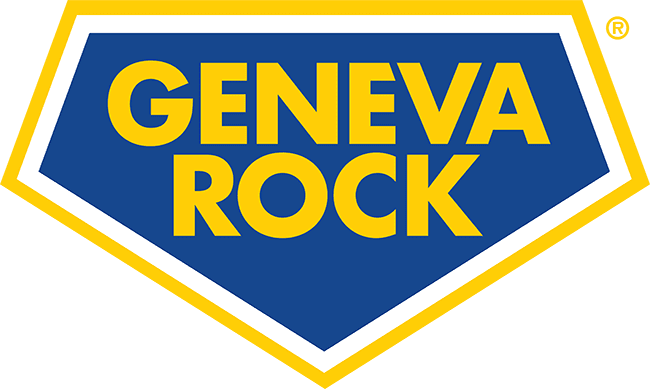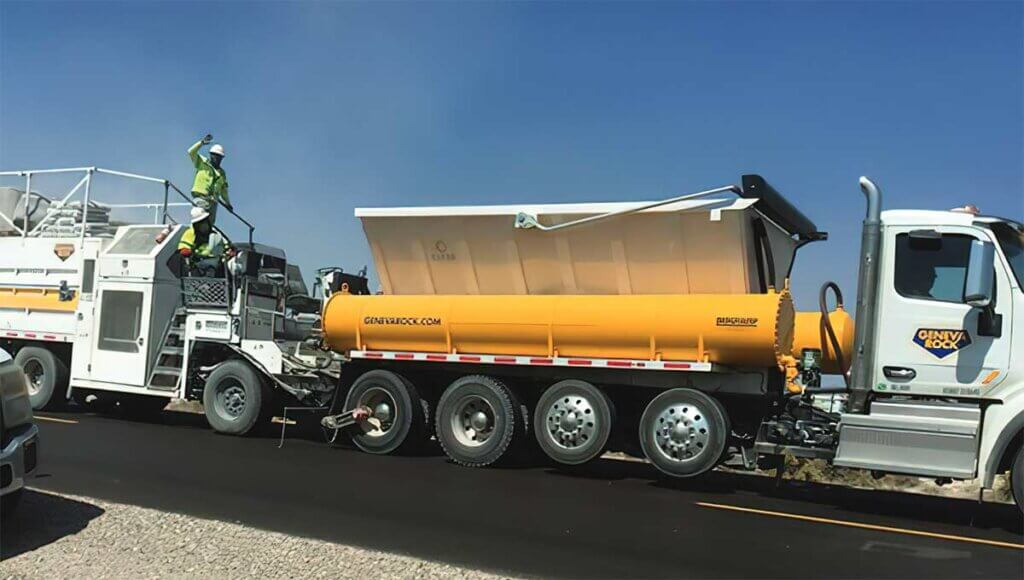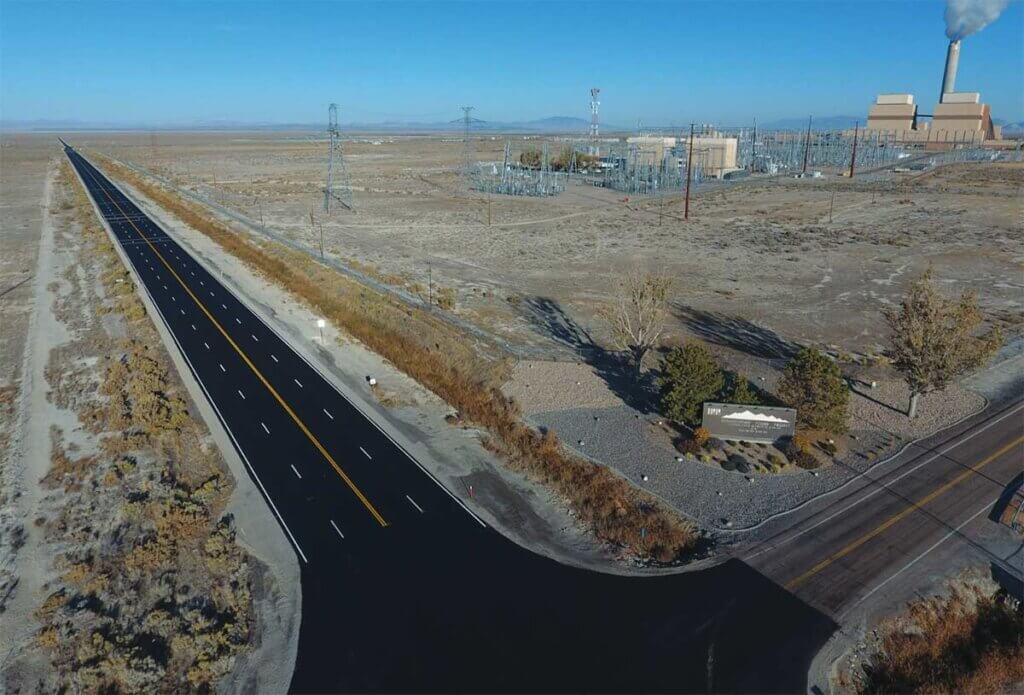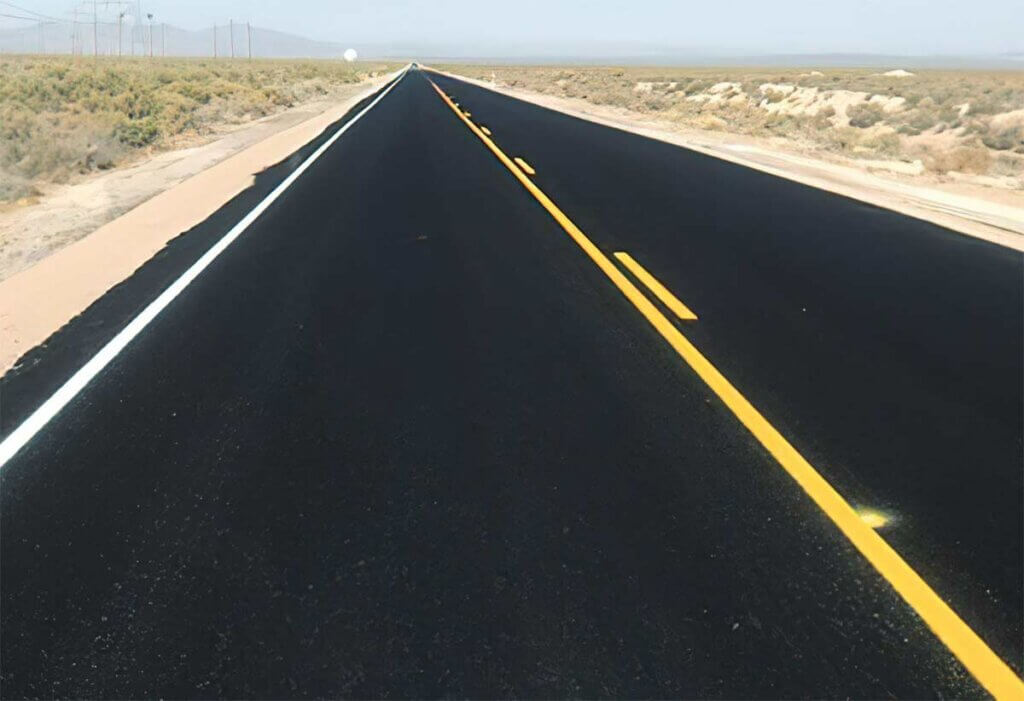The Utah Dept. of Transportation recently contracted work on the resurfacing of an approximately 2-mile stretch of Highway U.S. 89 from Lagoon Amusement Park to Cherry Hill Water Park in Davis County, Utah. The design-bid-build contract, which is valued at just under $1 million, was awarded to Utah’s Geneva Rock Products. The project was completed in August of 2020, ahead of schedule. As a specialist in pavement preservation, Geneva Rock attributes the success of this project to its use of micro surfacing. According to Casey Hawkins, area manager of pavement preservation with Geneva Rock, “Micro surfacing has proven over and over that it is a powerful and versatile tool in the pavement preventative maintenance process.” Here, he debunks some common myths around micro surfacing.
Myth #1: Microsurfacing is just another name for slurry seal.
Fact: Since micro surfacing sets up quicker than slurry seals and does not rely on evaporation, it can be used in conditions that slurry seals cannot be.
Myth#2: Micro surfacing will make a road slick and ruin its surface texture.
Fact: Specified with high-quality, durable aggregates, microsurfacing will correct smoothness and friction deficiencies.
Myth #3: Microsurfacing is a relatively new paving preservation method.
Fact: Microsurfacing was designed to fill wheel ruts on the Autobahn in Germany in the late 1960s and early 1970s, and it has been used in the United States since the 1980s.
Myth #4: Microsurfacing is a threat to hot-mix asphalt (HMA).
Fact: Because micro surfacing enhances and preserves the longevity of HMA, these two industries can actually work together to create more enduring road surfaces. As part of a preventative maintenance program, microsurfacing can extend the life of a roadway for up to seven years.
Myth #5: Microsurfacing is only used to repair pavement deficiencies.
Fact: Microsurfacing should be used first and foremost as a preventative maintenance tool. It can add five to seven years of life to a preventative maintenance program, and it has been proven to be one of the most effective uses of maintenance dollars. For more information about microsurfacing, visit our microsurfacing page.





